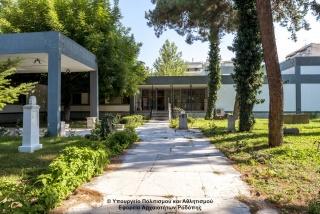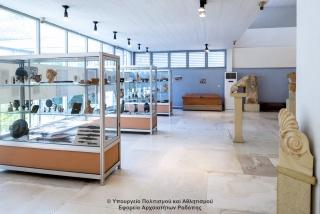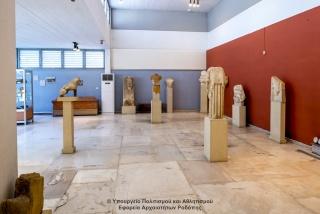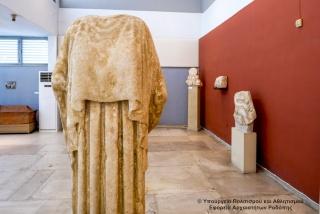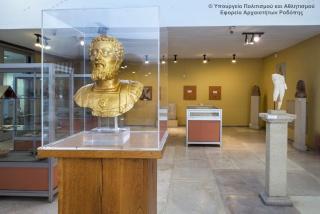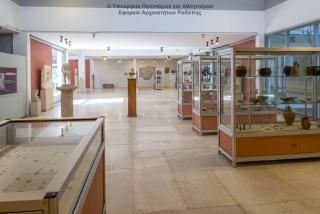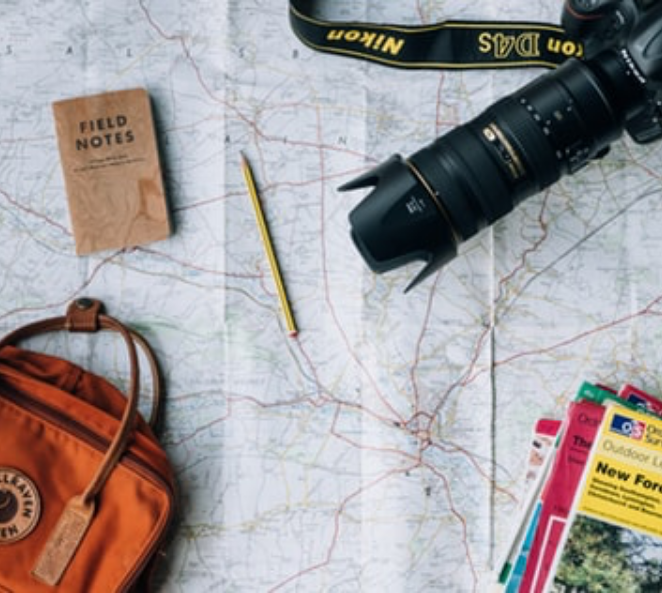The Archaeological Museum of Komotini was inaugurated in 1976. Its exhibitions cover the period from the Neolithic to the Byzantine period. The exhibits on display are in chronological sequence, without the breakdown of local excavation sets. The aim of the exhibition was to present selected and representative findings of the major archaeological sites, which can offer to the visitor all the necessary information for the prehistory and history of the Aegean Thrace. All exhibits reveal the importance of the presence of the Greeks in the northern Aegean and the creative course of Greek art and Greek civilization in a remote, in antiquity, area of the north. The most impressive exhibit, arguably, is the golden bust of Septimius Severus (193-211 AD), which was kept fixed to the pole by the imaginiferi of the Roman army.
The building of the Museum is a work of the architect Aris Konstantinidis and it is considered to be the most impressive of the modern buildings of the city for its architectural design.It's characteristic elements are the geometric structure of its volume and surface, the inequal roofs with skylights and windows, the patios, the interior and exterior sheds, the windows with seperated skylights, the wooden frames with metal blinds, the ceilings with the obvious shuttering imprints and the low fence wall which surrounds the garden with pine trees.
The main museum exhibition includes objects from prehistoric sites (Neolithic and Iron Age), from Greek colonies, holy, Roman settlements and cemeteries.
Educational programs for primary and high school students are operated in the museum since 1987 accompanied with training materials and special brochures.
The Archaeological Museum of Komotini is open to visitors from 08:30 until 15:00 daily. A. Symeonidis 4 PC 69100, Komotini (Rodopi) Phone: +30 25310 22411 Fax: 2531021517 Email: ithepka@culture.gr
Daily from 08:30 a.m to 15:00 p.m
Service Unit: 19th Ephorate of Prehistoric and Classical Antiquities
Phone: +302531022411
